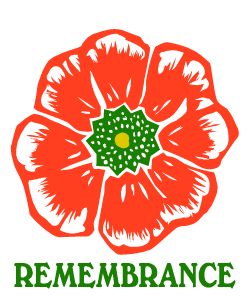
Health Test
Sukhsagar
In health we are currently learning about the skeletal system and its joints. We have a test on Nov. 19th/13 on the things we are learning. We need to all the parts of the skeleton and their scientific name for them. We also need to know the joints that we have taken notes of in the class. We also need to know where all the joints and bones are located. The joints that we have learnt are:
1. Saddle joints: allow for back and forth and side to side movement (the thumb).
2. Ball and socket joints: allow for a wide range of movement and rotation (shoulder and hip).
3. Candyloid joints: Allow for movement but no rotation (jaw and fingers).
4. Hinge joints: Allow for movement much like that of a door hinge (knee and ulna).
5. Gliding joints: Allow bones to glide past each other (ankles, wrists and spine).
6. Pivot joints: Allows bones to spin and twist around other bones (neck and radius).
The basic parts of the skeletal system and their scientific names are: Cranium (skull), mandible (jaw), clavicle (collar bone), scapula (shoulder blade), sternum (breast bone), ribcage, humeras (funny bone), vertebral column (spine), radius (to the thumb), ulna (the pinky), pelvis (hip bone), femur (thigh bone), tibia (bigger), fibula (smaller), patella (knee cap) and phalanges (hands and foot).







